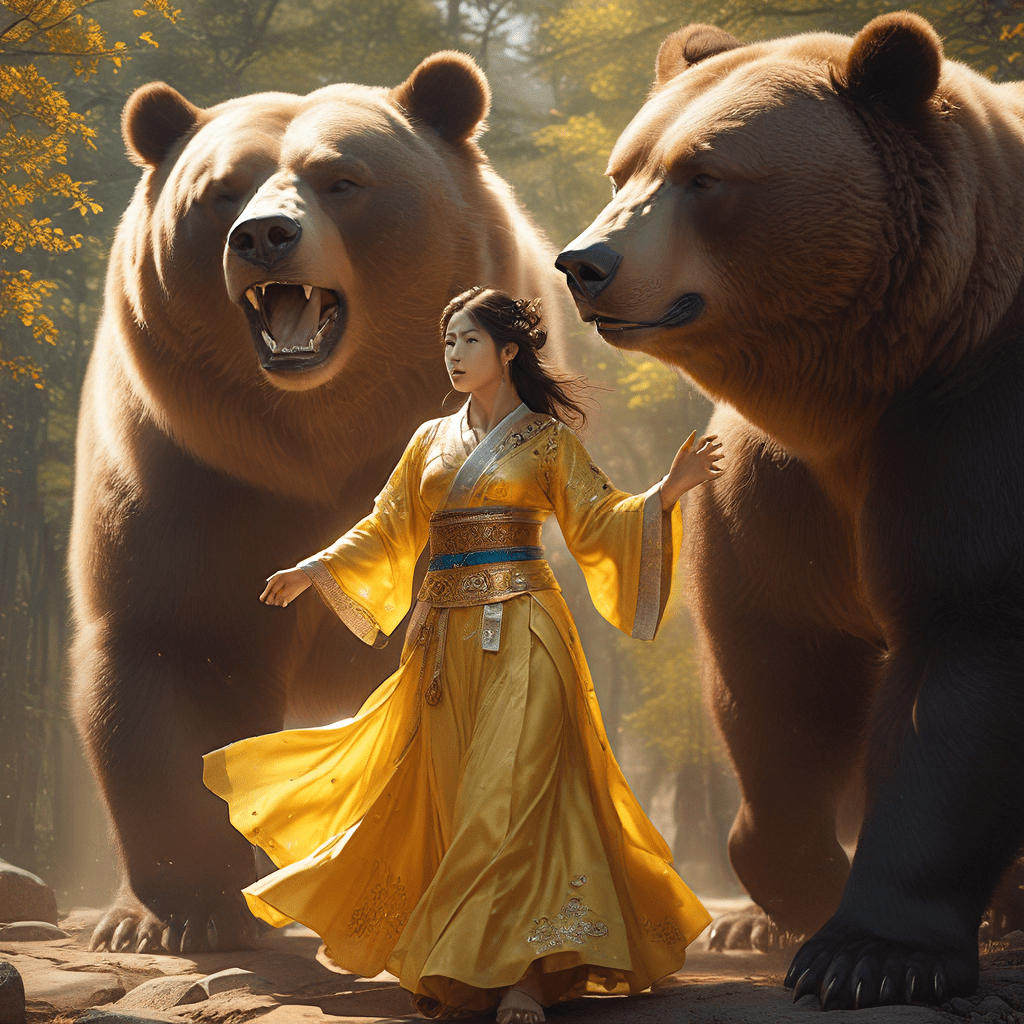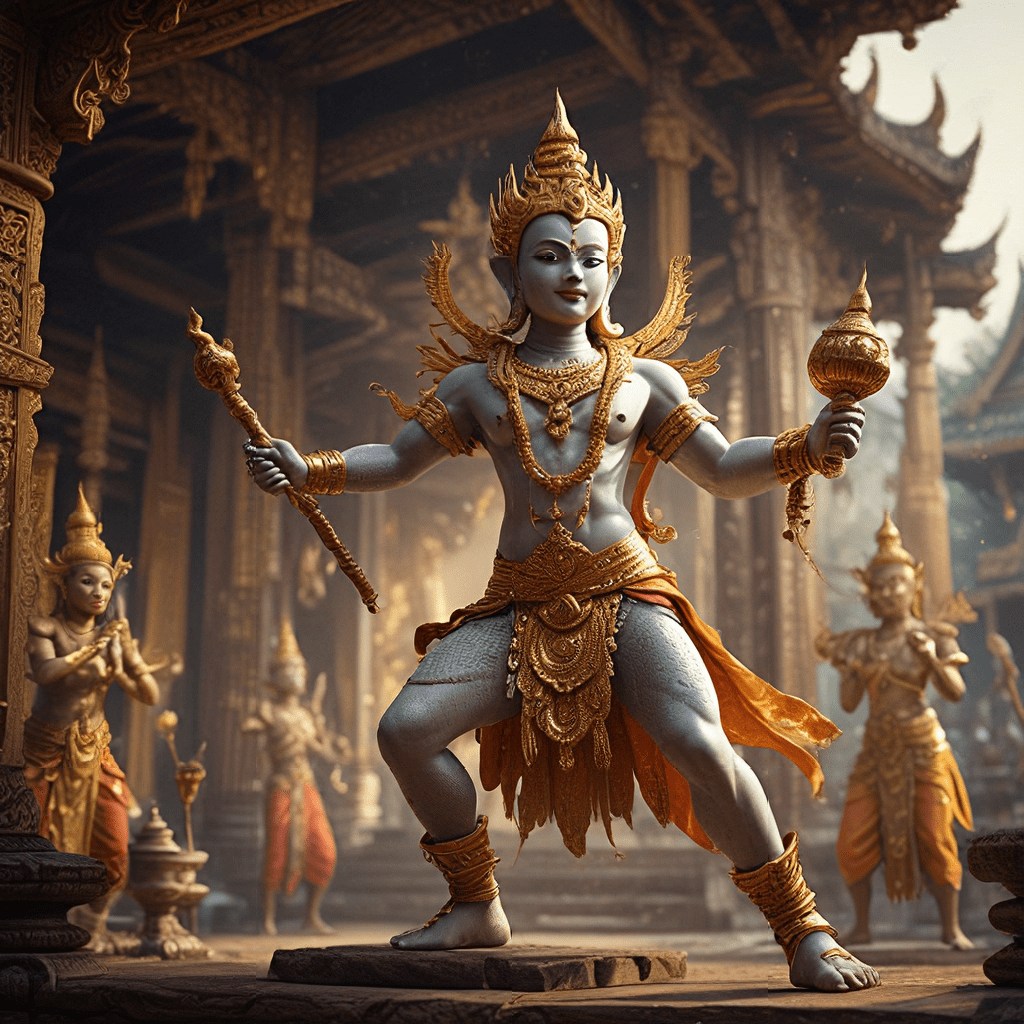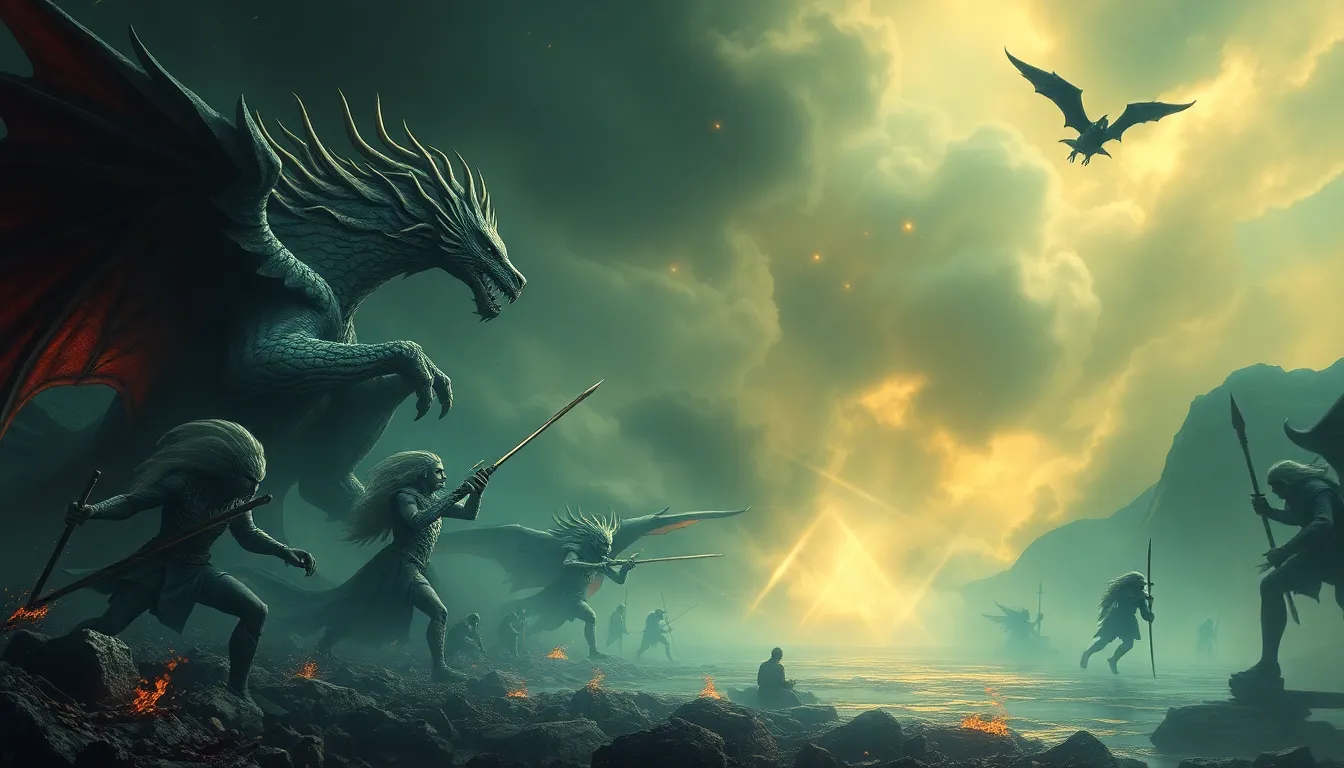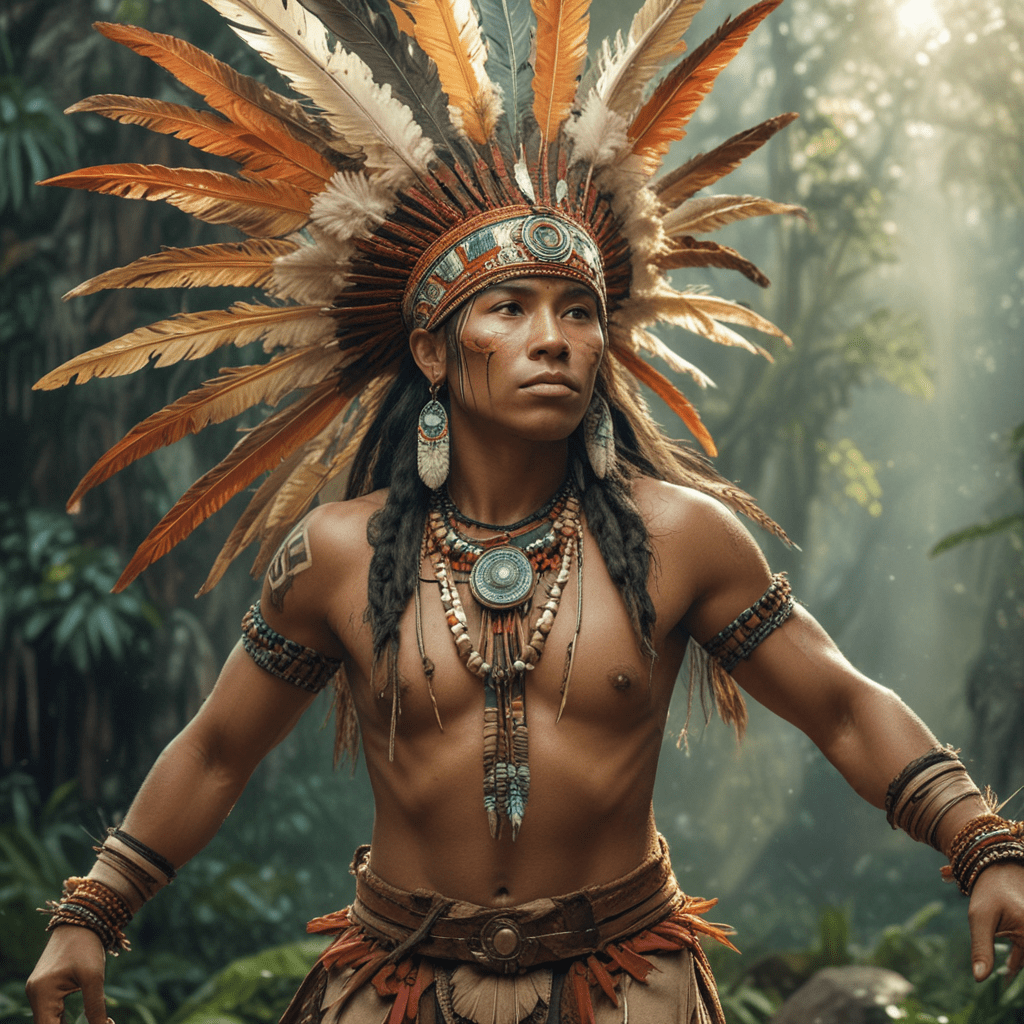The Myth of the Sun Goddess and the Bear: A Korean Creation Myth
In the heart of Korean mythology lies a captivating tale of creation, transformation, and the origins of their nation. This ancient story, passed down through generations, narrates the birth of Dangun, the legendary first king of Korea, from the union of a celestial goddess and a bear. The myth of the Sun Goddess and the Bear, also known as the "Legend of Dangun," is a cornerstone of Korean cultural identity, providing insights into their values, beliefs, and ancestry.
Dangun, the First King of Korea: A Descendant of the Sun Goddess
Dangun, the mythical founder of the first Korean kingdom, Gojoseon (meaning “Old Joseon”), is central to this creation narrative. He is revered as a divine figure, descended from the Sun Goddess, Hwanin, and a bear transformed into a woman. This lineage, woven into the fabric of Korean history and mythology, positions Dangun as a figure of immense importance. His story, deeply ingrained in Korean consciousness, fosters a sense of national pride and connection to their past.
The Sun Goddess’s Descent from Heaven
In the beginning, Hwanin, the Sun Goddess, ruled from the heavens. Concerned with the plight of humans on Earth, she sent her son, Hwanung, to guide them. Hwanung descended from the celestial realm and established a kingdom on the sacred mountain of Taebaeksan. This mountain, often referred to as the "Great White Mountain," is a significant landmark in Korean spirituality and mythology.
Hwanung, the son of the Sun Goddess, established a court on Taebaeksan, accompanied by three ministers and 3,000 celestial officials. He established laws and decrees, promoting order and civilization among the humans below. Hwanung's presence on Earth marked a pivotal moment, signifying the divine intervention in human affairs and the beginning of a structured society.
The Bear’s Transformation into a Woman
The myth narrates the arrival of a bear and a tiger, drawn to Hwanung's radiant presence. Both creatures, driven by a longing for divine transformation, sought to become human. Hwanung, discerning their desire, presented them with a challenge: to remain confined in a cave for 100 days, consuming only garlic and mugwort. This demanding test aimed to assess their perseverance, dedication, and ability to overcome hardship.
The Bear’s Determination and Perseverance
The tiger, unable to endure the harsh conditions, abandoned the cave after just a few days. However, the bear, fueled by her unwavering desire to become human, persevered through the 100 days of darkness and deprivation. She remained in the cave, subsisting solely on garlic and mugwort, her determination unwavering. This aspect of the myth underscores the significance of perseverance, resilience, and unwavering pursuit of one's aspirations.
The Sun Goddess’s Challenge: 100 Days of Darkness and Garlic and Mugwort
The Sun Goddess's challenge, which centered on 100 days of darkness, garlic, and mugwort, held significant symbolic meaning. The cave represented a period of isolation and purification, testing the bear's resilience and devotion. Garlic, with its pungent aroma and medicinal properties, was believed to ward off evil spirits and promote vitality. Mugwort, traditionally used in Korean medicine, was thought to possess purifying and healing qualities, symbolizing growth and transformation.
The bear's ability to endure this arduous test, consuming only garlic and mugwort, reflects the Korean cultural reverence for perseverance and self-discipline. The act of overcoming hardship and embracing a path of transformation is central to this myth.
The Bear’s Transformation into a Woman: The Birth of Dangun
After enduring the arduous 100 days, the bear emerged from the cave, transformed into a beautiful woman. She was named Ungnyeo, meaning "Bear Woman". Hwanung, struck by her determination and devotion, took Ungnyeo as his wife. Their union, a testament to the bear's resilience and Hwanung's divine favor, gave birth to Dangun, the legendary founder of Gojoseon.
The myth of Dangun's birth signifies the merging of the divine and the earthly, the celestial and the terrestrial. This union, a result of the bear's unwavering perseverance, marked the beginning of a lineage that would shape Korean history and culture. It also speaks to the Korean belief in the transformative power of dedication and the potential for growth even in the face of immense challenges.
The Sun Goddess and the Bear: A Tale of Sacrifice and Transformation
The tale of the Sun Goddess and the Bear is not just a creation myth; it's a story of sacrifice, perseverance, and the transformative power of desire. The bear's journey, marked by hardship and unwavering determination, embodies the Korean values of resilience, dedication, and the pursuit of one's aspirations.
Hwanung's role, as a celestial being who guides and mentors humans, highlights the importance of divine intervention and the connection between the divine and the earthly realms. The myth suggests that even in the face of adversity, with unwavering commitment, one can achieve their goals and even attain a higher form of existence.
The Myth’s Significance: National Identity and Origins
The myth of the Sun Goddess and the Bear holds deep significance for Korean national identity. It provides a foundational narrative for their origins, tracing their lineage to a divine being and a creature that embodies their values of perseverance. The story of Dangun's birth, through a union of the celestial and the terrestrial, fosters a sense of connection to their past and a belief in their unique cultural heritage.
The myth is also deeply intertwined with Korean history. Gojoseon, the kingdom founded by Dangun, is considered the first Korean kingdom, marking a pivotal moment in their history. The myth reinforces the symbolism of Taebaeksan, the sacred mountain, as a place of divine intervention and the birthplace of their nation.
Interpretations and Theories: A Symbol of Korean Values
The myth of the Sun Goddess and the Bear has been interpreted and reinterpreted throughout Korean history, reflecting the evolving cultural landscape. Some scholars see the bear as a symbol of strength, resilience, and the ability to adapt to harsh environments. Others believe the myth reflects the Korean emphasis on familial bonds and the importance of lineage.
The challenge of consuming garlic and mugwort, traditionally used for medicinal purposes, has been interpreted as a metaphor for the transformative power of hardship and the pursuit of purification. The myth's enduring relevance lies in its ability to resonate with Korean cultural values and provide a framework for understanding their history and identity.
The Myth’s Influence on Korean Culture and Art
The myth of the Sun Goddess and the Bear has permeated Korean culture, inspiring countless works of art, literature, and folklore. The image of the bear, often depicted as a powerful and revered animal, is frequently found in Korean art, symbolizing strength, tenacity, and the pursuit of transformation.
The tale of Dangun, the first king, is woven into Korean folklore, with stories and legends about his reign and the founding of Gojoseon. The myth has also inspired numerous literary works, ranging from historical dramas to contemporary novels, exploring themes of national identity, origins, and the transformative power of belief.
Frequently Asked Questions
Q: Why is the bear considered sacred in Korean mythology?
A: The bear, in the myth of the Sun Goddess and the Bear, symbolizes perseverance, strength, and the ability to transform. Its successful transformation into a woman signifies the power of dedication and the potential for growth even in the face of hardship.
Q: What is the significance of Taebaeksan, the Great White Mountain?
A: Taebaeksan is a sacred mountain in Korean mythology, often associated with divine intervention and the birthplace of their nation. It is where Hwanung, the son of the Sun Goddess, established his kingdom and where Dangun, the first king, was born.
Q: How does the myth of the Sun Goddess and the Bear shape Korean national identity?
A: The myth provides a foundational narrative for Korean origins, connecting their lineage to a divine being and a creature embodying their values. It fosters a sense of pride in their unique cultural heritage and strengthens their connection to their history.



